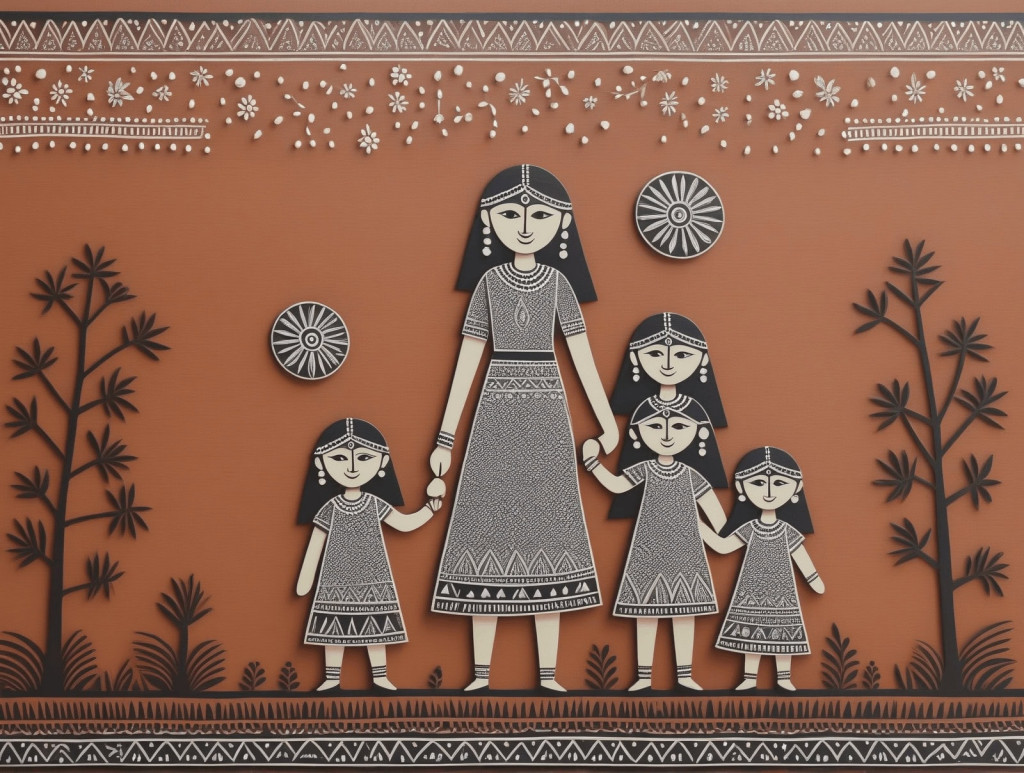Discover the advantages of installing Multiple ClassicPress sites, also known as nested ClassicPress installation. This is a powerful yet simple way to expand your online presence. Learn how this approach offers an intuitive management system, enhanced security, and customization options, all without the complexities of a multisite setup.
Introduction
Are you seeking a straightforward way to expand your ClassicPress website or create additional sites without the hassle of multisite management? In this guide, we’ll explore the benefits of installing Multiple ClassicPress sites (nested installation) and provide a step-by-step process to set up your own. Whether you’re a business owner or a developer, this approach simplifies the challenges of managing multiple websites.
यदि आप एक आसान तरीका खोज रहे हैं जिससे आप अपनी क्लासिकप्रेस वेबसाइट का विस्तार कर सकें या बिना मल्टीसाइट प्रबंधन की परेशानी के नई वेबसाइटें बना सकें, तो नेस्टेड इंस्टॉलेशन एक शानदार समाधान है। इस गाइड में, हम नेस्टेड क्लासिकप्रेस इंस्टॉलेशन के लाभों का पता लगाएंगे और एक कदम-दर-कदम प्रक्रिया प्रदान करेंगे ताकि आप अपनी खुद की सेट कर सकें। चाहे आप एक व्यवसाय मालिक हों या एक डेवलपर, यह दृष्टिकोण कई वेबसाइटों के प्रबंधन की चुनौतियों को सरल बना देता है।

What is Subfolder Installation or a Nested Install
Installing ClassicPress in a subfolder allows you to manage multiple sites. This guide will walk you through the benefits and considerations of installing ClassicPress in a subfolder, as well as provide a step-by-step process for setting it up.
Setting up a ClassicPress installation in a subfolder is a straightforward process. In simple terms, we aim at creating a parent installation and two child installations, each serving a unique purpose. This is also referred to as “nested installation”. The steps involved are:
- creating subdirectories
- installing ClassicPress
- configuring the child installations
- updating permalinks, and
- managing and customizing the sites
Nested installation is a way of offering a seamless way to manage multiple sites from one dashboard.

Here’s a step-by-step guide on how to set up a nested ClassicPress installation with one parent install and two child installs, each serving a unique purpose: a portfolio for an author and an image gallery.
Step 1: Create the Subdirectories
Begin by creating two subdirectories within your main ClassicPress site’s directory. For our example, let’s name them “portfolio” and “gallery.” These subdirectories will house the child installs of ClassicPress.
Step 2: Download and Install ClassicPress
Download the latest version of ClassicPress and install it in each subdirectory. You can follow the standard installation process as outlined in the ClassicPress documentation. Ensure that you set up separate databases for each child install to keep them independent.
Step 3: Configure the Child Installs
Once the installations are complete, log into each child install’s admin dashboard. Here, you can customize the settings, themes, and plugins specific to each child site. For instance, you might want to install a blogging-focused theme and relevant plugins for the “portfolio” child install, and an image gallery theme with corresponding plugins for the “gallery” child install.
Step 4: Update Permalinks
To ensure the correct URL structure for your child installs, update the permalinks in each child site’s settings. For example, the “portfolio” child install’s permalinks should reflect the subdirectory, such as “www.mysite.com/portfolio.”
Step 5: Manage and Customize
With the nested installation complete, you can now manage both child sites from the parent ClassicPress dashboard. This includes updating themes and plugins, managing user roles and permissions, and creating content specific to each child site.
One of the benefits of nested installation is the ability to customize each child site independently. You can choose unique themes, create specific menus, and even assign different user roles and permissions for each child install, all while maintaining the convenience of a single login and unified management system.
Pros and Cons : Installing multiple ClassicPress sites in Subfolders
Installing ClassicPress in a subfolder has several benefits, including simplified management, enhanced security, customization options, user-friendly setup, and scalability. However, there are also potential drawbacks to consider, such as potential performance impact, limited multisite features, and domain constraints.
Security Considerations
When installing ClassicPress in a subfolder, it’s important to take steps to enhance security. This includes keeping everything updated, securing user credentials, using security plugins, implementing SSL certificates, and conducting regular backups.
Conclusion
Installing ClassicPress in a subfolder offers a streamlined way to manage multiple websites without the complexity of multisite setups. By following the steps outlined in this guide, you can efficiently set up a parent ClassicPress site with two distinct child installations, each serving a unique purpose.
Resources and Links
For more information and support, visit the ClassicPress Documentation and ClassicPress Forum at the following links:
- ClassicPress Documentation: https://docs.classicpress.net/
- ClassicPress Forum: https://forums.classicpress.net/
Nested ClassicPress installation is an approach that empowers users to manage multiple websites or online projects efficiently, all under one “roof.” ClassicPress, a popular fork of WordPress, offers a user-friendly platform for building websites. While ClassicPress does support multisite functionality, allowing users to manage multiple sites from one installation, it may not be the preferred option for everyone due to its complexity and specific use cases. The key advantage of this approach is simplified management.

This post about Installing Multiple ClassicPress sites was published under category ClassicPress Installation